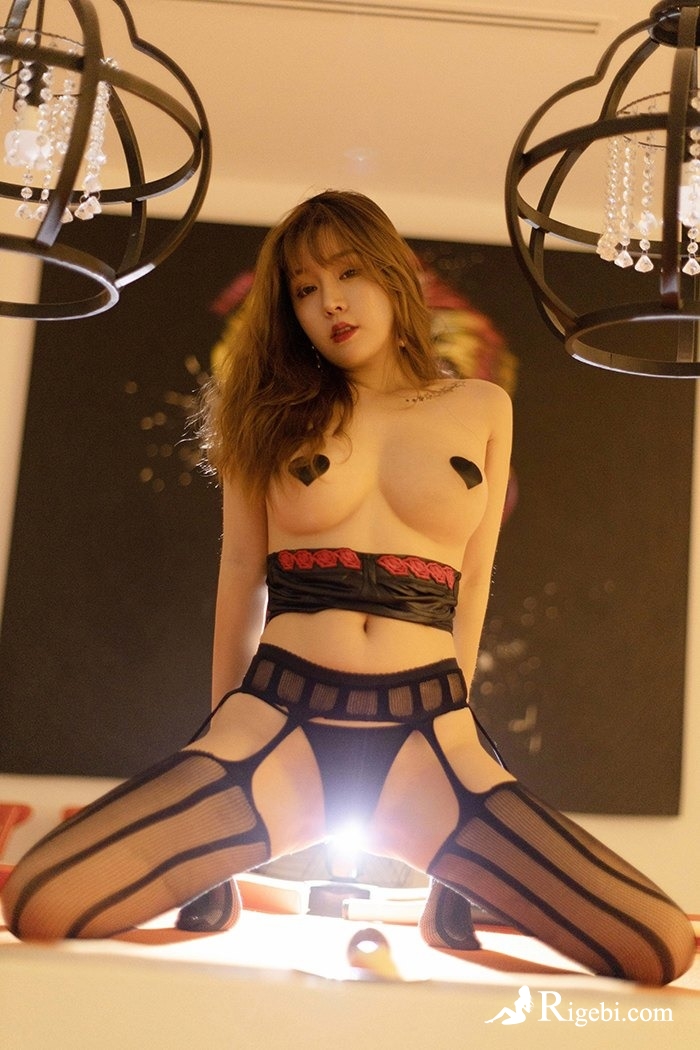拼配茶真的不如纯料茶吗?揭秘茶叶拼配工艺的奥秘
很多茶友对拼配茶存在误解,认为拼配茶就是低端茶的代名词。实际上,优质的拼配茶需要制茶师具备丰富的经验和高超的技艺。通过科学拼配,可以将不同产地、季节、等级的茶叶优势互补,创造出更丰富的口感体验。
What is tea blending? Tea blending is a processing technique that combines teas with certain commonalities but different characteristics to achieve better appearance, balanced color, enhanced aroma and richer flavor. For teas that don't meet requirements, additional processes like sifting, cutting, winnowing or re-roasting may be applied.
茶叶拼配的核心目的是"扬长避短、显优隐次、高低平衡"。以普洱茶为例,拼配普洱茶往往比纯料普洱茶更具层次感和饱满度。专业的拼配师会考虑:
- 不同茶山的特色
- 不同品种的特性
- 不同级别的搭配
- 不同季节的互补
The essence of tea blending lies in "highlighting strengths while compensating weaknesses, showcasing advantages while concealing shortcomings, and achieving balanced quality". Take Pu'er tea as example, blended Pu'er often demonstrates more complexity and fullness than single-origin Pu'er. Professional blenders consider:
- Characteristics from different tea mountains
- Properties of different tea varieties
- Matching of different grades
- Complementarity between seasons
拼配茶的质量关键在于拼配的合理性和科学性。优质的拼配茶不仅不会降低品质,反而能通过不同茶叶的协同效应,创造出更独特的风味。常见的拼配方式包括:
- 不同年份茶叶拼配 - 增加陈香韵味
- 不同萎凋程度拼配 - 调节口感层次
- 不同发酵程度拼配 - 平衡茶汤色泽
The quality of blended tea depends on the rationality and scientific approach of blending. High-quality blended teas can create more unique flavors through synergistic effects. Common blending methods include:
- Blending different vintages - enhances aged aroma
- Blending different withering degrees - adjusts taste layers
- Blending different fermentation levels - balances liquor color
